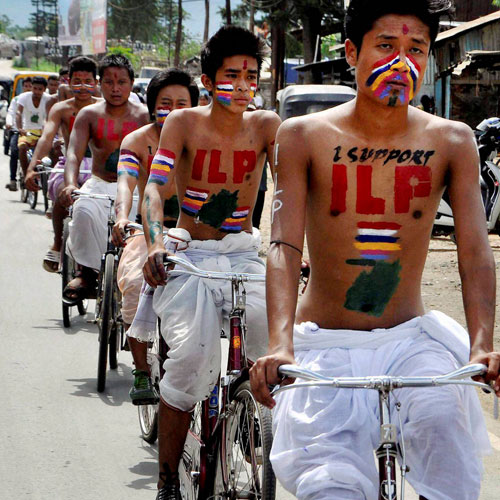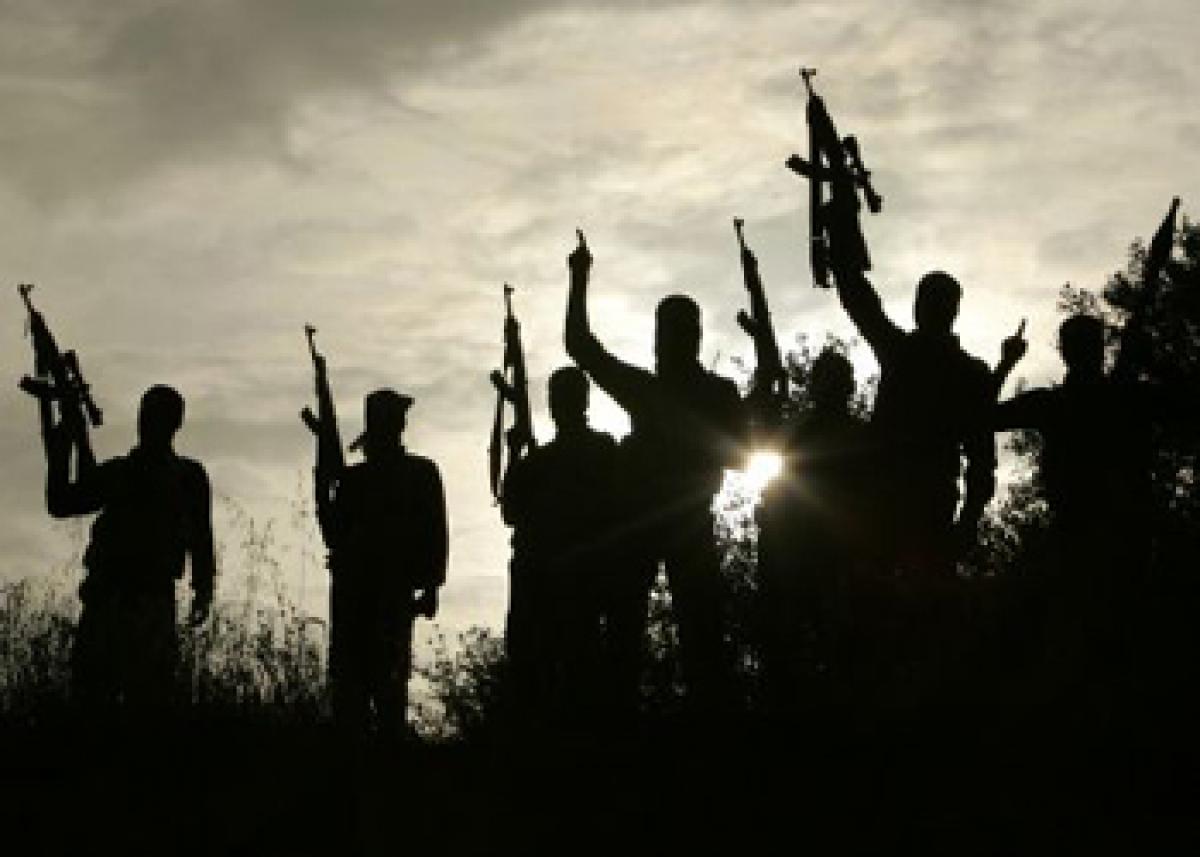Itanagar, Aug 24 : Arunachal Pradesh will soon ink Memorandum of Understandings (MoUs) with Numaligarh Refinery Limited (NRL) and Hindustan Paper Corporation to help potential bamboo growers in the state.
Arunachal Pradesh Bamboo Resource Development Agency (APBRDA) Vice-chairman Yora Tagung informed that the agency on behalf of the state government would sign an MoU with NRL soon for exporting three lakh tonnes of bamboo from the state.
"The MoU will immensely help both farmers as well as unemployed youths of the state," he said.
He informed that another MoU would also be signed between the state government and the Hindustan Paper Corporation for exporting one lakh tonne of bamboo for paper manufacturing.
"This is just a beginning. We are looking for more companies with whom we can sign MoUs for the benefit of bamboo growers and unemployed youths and enrich the state's coffer," Yora said.
If properly tapped , bamboo sector could be a money spinner for the state with a varieties of species abundantly available, Yora said adding that the Board was planning to set up small scale bamboo industries in every district where toothpicks, incense sticks, besides other usable items would be produced.
The APBRDA is contemplating to establish a bamboo shoot market for which a land of 70,000 square meters has already been allotted.
"We are also planning to set up a Bamboo Technology Park and State Bamboo Museum in the same plot," he said.
The steps taken by the Board would immensely benefit the people by spreading awareness regarding the actual benefit of bamboo plant, he said and added that the proposed MoUs would be a boon for the bamboo growers of the state.
It is pertinent to mention here that since last couple of years, the APBRDA has been supplying bamboo saplings to the bamboo growers of all districts of the state.
Besides, several skill development and awareness programmes were also conducted.
"Though we have many bamboo plantations in every district, merely three small industries have been established so far which have failed to cater to the bamboo growers," Yora added.
Arunachal Pradesh Bamboo Resource Development Agency (APBRDA) Vice-chairman Yora Tagung informed that the agency on behalf of the state government would sign an MoU with NRL soon for exporting three lakh tonnes of bamboo from the state.
"The MoU will immensely help both farmers as well as unemployed youths of the state," he said.
He informed that another MoU would also be signed between the state government and the Hindustan Paper Corporation for exporting one lakh tonne of bamboo for paper manufacturing.
"This is just a beginning. We are looking for more companies with whom we can sign MoUs for the benefit of bamboo growers and unemployed youths and enrich the state's coffer," Yora said.
If properly tapped , bamboo sector could be a money spinner for the state with a varieties of species abundantly available, Yora said adding that the Board was planning to set up small scale bamboo industries in every district where toothpicks, incense sticks, besides other usable items would be produced.
The APBRDA is contemplating to establish a bamboo shoot market for which a land of 70,000 square meters has already been allotted.
"We are also planning to set up a Bamboo Technology Park and State Bamboo Museum in the same plot," he said.
The steps taken by the Board would immensely benefit the people by spreading awareness regarding the actual benefit of bamboo plant, he said and added that the proposed MoUs would be a boon for the bamboo growers of the state.
It is pertinent to mention here that since last couple of years, the APBRDA has been supplying bamboo saplings to the bamboo growers of all districts of the state.
Besides, several skill development and awareness programmes were also conducted.
"Though we have many bamboo plantations in every district, merely three small industries have been established so far which have failed to cater to the bamboo growers," Yora added.














